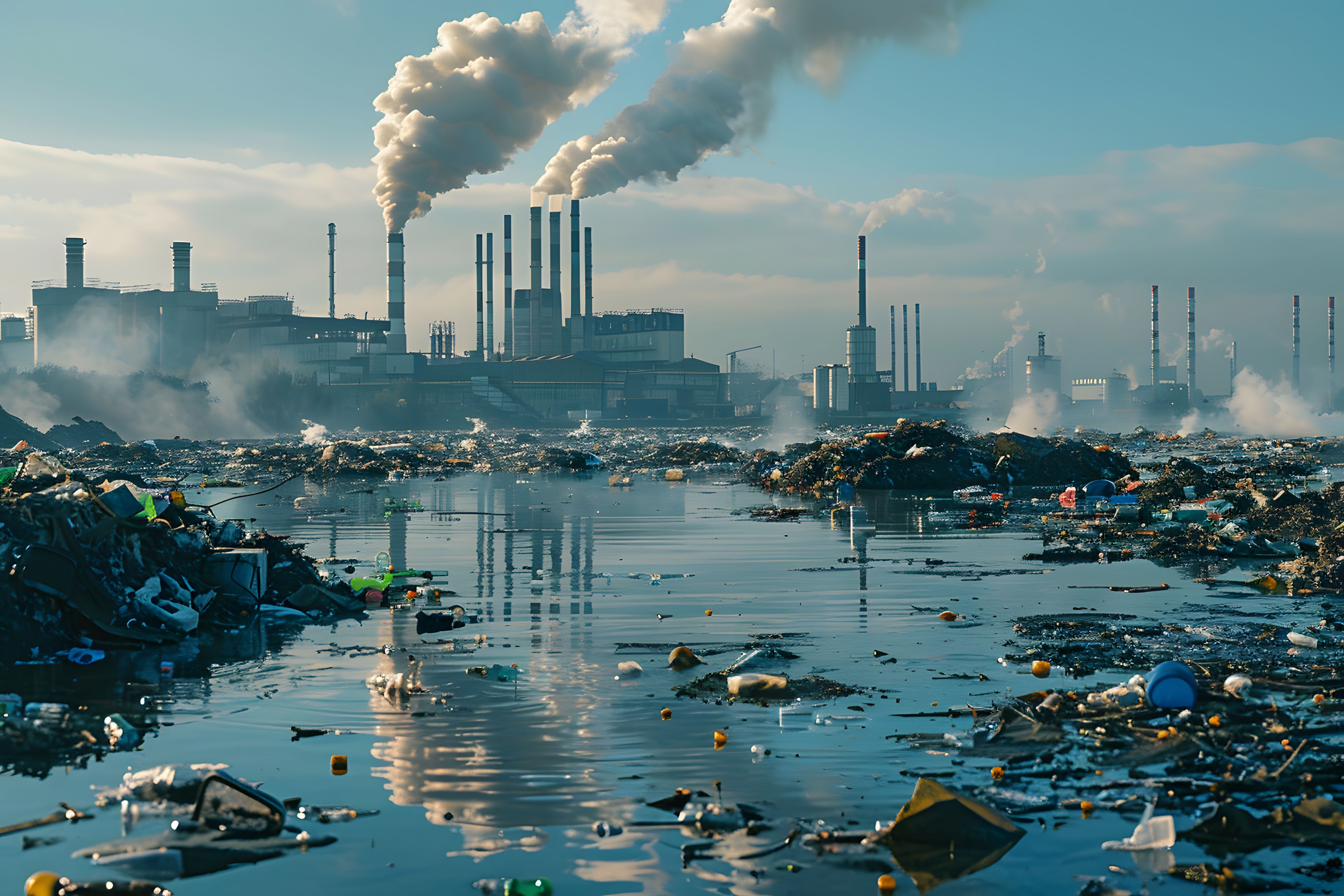New Raman Spectroscopy Breakthrough Boosts E-Waste Plastic Recycling Efficiency
A recent study demonstrated the utility of Raman spectroscopy and machine learning (ML) algorithms to classify plastic types found in waste of electric and electronic equipment (WEEE) streams.
Recently, a team of researchers, led by Ainara Pocheville from the Gaiker Technology Centre in Spain explored a new method for classifying and identifying different plastic types in the recycling of waste of electric and electronic equipment (WEEE) plastics. Published in the Journal of Environmental Management, the study explores the application of Raman spectroscopy and two machine learning (ML) algorithms, discriminant analysis (DA) and support vector machine (SVM), and how using both can improve the identification and classification of plastic types found in WEEE streams (1).
Industrial plastics are synthetic materials created for a specific purpose (2). There are several types of industrial plastics, including acetal plastics, acrylic plastics, machinable wax plastics, nylon plastics, polycarbonate plastics, PTFE plastics, and UHMW plastics (2). Some of the most common ones are polystyrene (PS), acrylonitrile butadiene styrene (ABS), polycarbonate (PC), and the PC/ABS blend. These plastics often resist detection when current industrial separation methods are used (1). When black or containing additives, these plastics end up being discarded or downcycled, which have downstream effects toward the global effort toward plastics circularity (1).
Severe industrial pollution with a littered waterfront and smokestacks in the background, emphasizing environmental issues. Generated by AI. | Image Credit: © Rax Qui - stock.adobe.com

In this study, Pocheville and the team optimized Raman spectral analysis to reduce the fluorescent interference that obscures key Raman bands in technical plastics. They looked at two excitation wavelengths—785 nm and 1064 nm—and refined laser settings such as power, integration time, and focus distance to achieve this goal (1).
Then, the research team combined Raman spectroscopy with the ML algorithms DA and SVM (1). The research team trained both models, and they tested iteratively on spectral data to evaluate their effectiveness in classifying real-world WEEE plastics (1). According to the study, the best results were achieved using DA on spectral data collected with a 1064 nm laser at 500 mW and a remarkably short integration time of just 1.0 second (1). This configuration yielded classification purities for PS and ABS plastics of up to 80%, which was a significant improvement over the current standards (1).
Another unique aspect to this study was its experimental design. Several previous studies that tested cleaner, less complex plastics, but the Gaiker team took a different route. Using WEEE plastics directly sourced from an industrial treatment process, the samples the team used included over 14 different polymers, mimicking the chaotic, additive-rich mix typically found in actual recycling facilities (1). This complexity allowed the researchers to gain a better understanding of how accurate their method was, which helped make their study more relevant and scalable for real-world applications (1).
The study also explored two modeling strategies. The first involved training classification models on only the primary target polymers (PS, ABS, and PC/ABS), while the second introduced a fourth category—"other"—to account for the wide range of additional materials present in WEEE streams (1). Both approaches provided insights into the strengths and limitations of the technology under industrial conditions (1).
When discussing the study’s findings, the researchers emphasized the importance of aligning their technical work with the operational demands of recycling facilities (1). Key industry metrics such as recovery rate, purity, and classification speed were all factored into the performance assessment of the models, ensuring practical relevance and future scalability (1).
With global e-waste volumes on the rise, improving the efficiency of WEEE plastic sorting is crucial not only for environmental sustainability but also for reducing dependency on virgin materials. By integrating advanced spectroscopic techniques with artificial intelligence (AI)-driven classification models, the research team demonstrates that their method could potentially help achieve higher recovery rates and greater material circularity (1).
Recycling is one key practice that contributes to environmental sustainability. Analyzing plastic types in waste streams allow us to understand how these plastics break down, and therefore a better understanding of what recycling process these plastics should go under to minimize its environmental impact. This study by Pocheville and others is the latest example that demonstrates the utility of Raman spectroscopy for this purpose (1).
References
- Pocheville, A.; Uria, I.; Espana, P.; Arnaiz, S. Raman Spectroscopy Integrated with Machine Learning Techniques to Improve Industrial Sorting of Waste Electric and Electronic Equipment (WEEE) Plastics. J. Environ. Manage. 2025, 373, 123897. DOI: 10.1016/j.jenvman.2024.123897
- Millennium Alloys, Industrial Plastics: Everything You Need to Know. Millennium Plastics. Available at: https://millenniumalloys.ca/industrial-plastics-everything-you-need-to-know/#:~:text=Industrial%20plastics%20are%20synthetic%20materials,construction%20materials%20and%20consumer%20goods. (accessed 2025-04-14).
New Raman Spectroscopy Method Enhances Real-Time Monitoring Across Fermentation Processes
April 15th 2025Researchers at Delft University of Technology have developed a novel method using single compound spectra to enhance the transferability and accuracy of Raman spectroscopy models for real-time fermentation monitoring.
Nanometer-Scale Studies Using Tip Enhanced Raman Spectroscopy
February 8th 2013Volker Deckert, the winner of the 2013 Charles Mann Award, is advancing the use of tip enhanced Raman spectroscopy (TERS) to push the lateral resolution of vibrational spectroscopy well below the Abbe limit, to achieve single-molecule sensitivity. Because the tip can be moved with sub-nanometer precision, structural information with unmatched spatial resolution can be achieved without the need of specific labels.